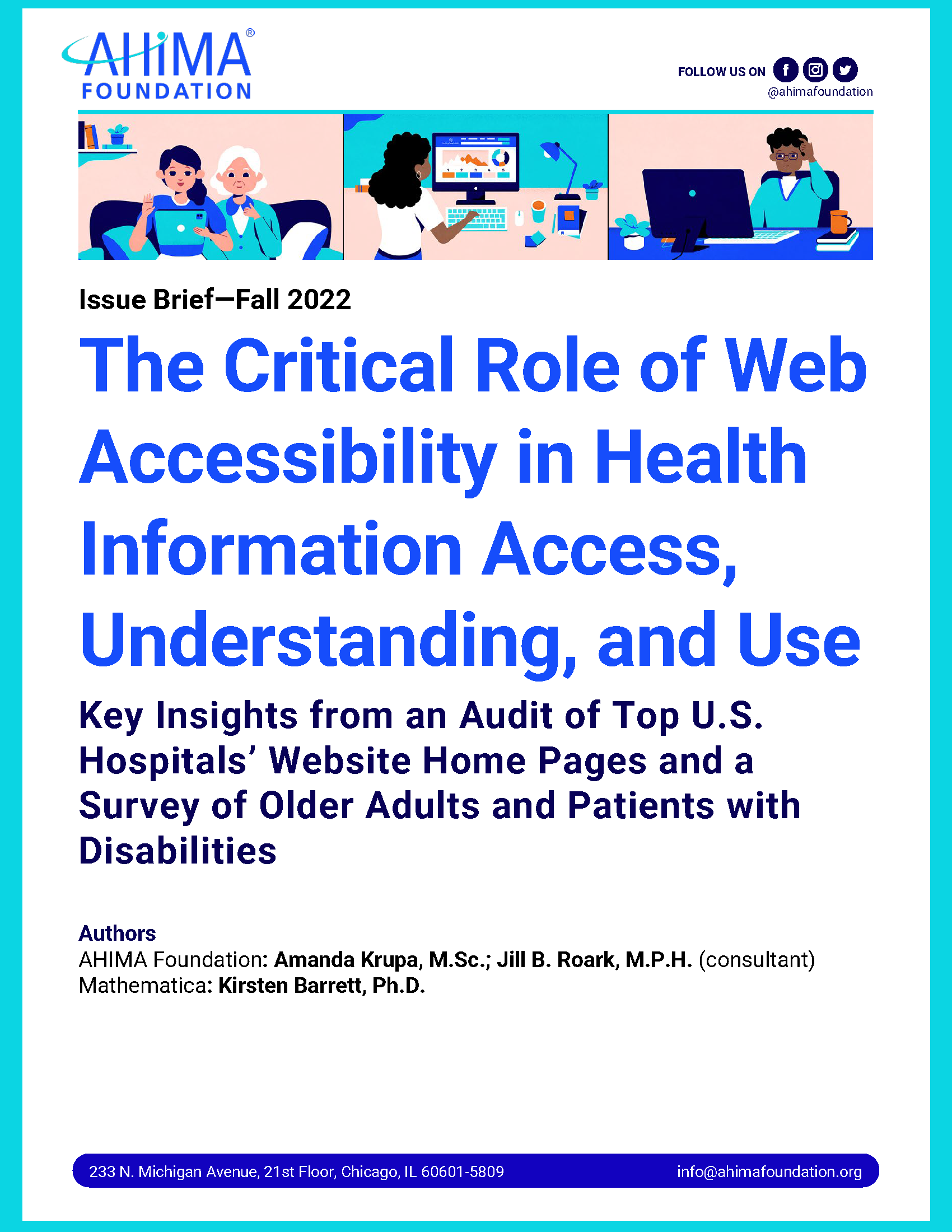Buzz Haven: Your Daily Dose of News and Information
Stay updated with the latest trends, news, and insights from around the world.
Web Accessibility: The Unsung Hero of User Experience
Discover how web accessibility transforms user experience, making your site more inclusive and boosting engagement!
Understanding Web Accessibility: Why It Matters for Everyone
Web accessibility refers to the practice of making websites usable for individuals with disabilities, ensuring that everyone, regardless of their circumstances, can access and navigate online content. This includes accommodating people with visual impairments, hearing disabilities, cognitive challenges, and other conditions that may hinder their ability to interact with web resources. Enhancing web accessibility not only benefits users with disabilities but also improves the overall user experience for all visitors. According to the World Wide Web Consortium (W3C), over a billion people worldwide experience disabilities, making it crucial to design inclusive web solutions.
Implementing web accessibility features is not just a moral imperative; it is also a legal requirement in many jurisdictions. Websites that are not accessible may face lawsuits and public backlash. Moreover, accessible sites often rank better in search engine results, as search engines prioritize user-friendly interfaces. By following established guidelines like the Web Content Accessibility Guidelines (WCAG), developers can create more effective websites that cater to a diverse audience. Ultimately, understanding web accessibility is essential for fostering an inclusive digital landscape that benefits everyone.

10 Essential Principles of Web Accessibility Every Developer Should Know
Web accessibility is crucial for ensuring that all users, regardless of their abilities, can navigate and interact with your website. 10 essential principles guide developers in creating accessible web experiences that accommodate diverse needs. These principles include perceivable, operable, understandable, and robust, as outlined by the Web Content Accessibility Guidelines (WCAG). These principles ensure that content is accessible to users with visual, auditory, and cognitive disabilities, providing a better user experience for everyone.
For developers looking to improve their sites, starting with these principles is essential:
- Text Alternatives - Provide text alternatives for non-text content.
- Time-based Media - Provide alternatives for time-based media.
- Content Structure - Use headings and lists to structure content.
- Keyboard Accessibility - Ensure all interactive elements are keyboard-accessible.
- Readable Text - Use plain language and expandable content.
- Adaptable Content - Be flexible with layouts that can be adapted to user needs.
- Distinguishable Elements - Make sure content is easy to see and hear.
- Error Suggestion - Help users identify and correct mistakes.
- Consistent Navigation - Maintain a consistent layout throughout the site.
- Accessible Forms - Clearly label all form elements.
How to Evaluate Your Website's Accessibility: A Step-by-Step Guide
Ensuring your website's accessibility is crucial for reaching a wider audience and complying with legal standards. To begin your evaluation, identify the key accessibility guidelines that apply to your website, particularly the Web Content Accessibility Guidelines (WCAG) provided by the W3C. These guidelines lay out essential criteria for creating accessible web content. Next, use automated tools such as WAVE or axe to perform an initial assessment of your site. These tools can quickly identify common accessibility issues, such as missing alt text for images or color contrast problems.
After running an automated scan, it's important to manually assess your website as well. This includes navigating your site using only a keyboard to check for navigation issues and ensuring that screen readers can interpret the content correctly. Consider gathering feedback from real users with disabilities to get insights on their experiences. For a comprehensive analysis, utilize resources like AccessibilityResource.org for best practices and further guidelines. By following this step-by-step approach, you can enhance your website's accessibility and positively impact your SEO alongside user experience.